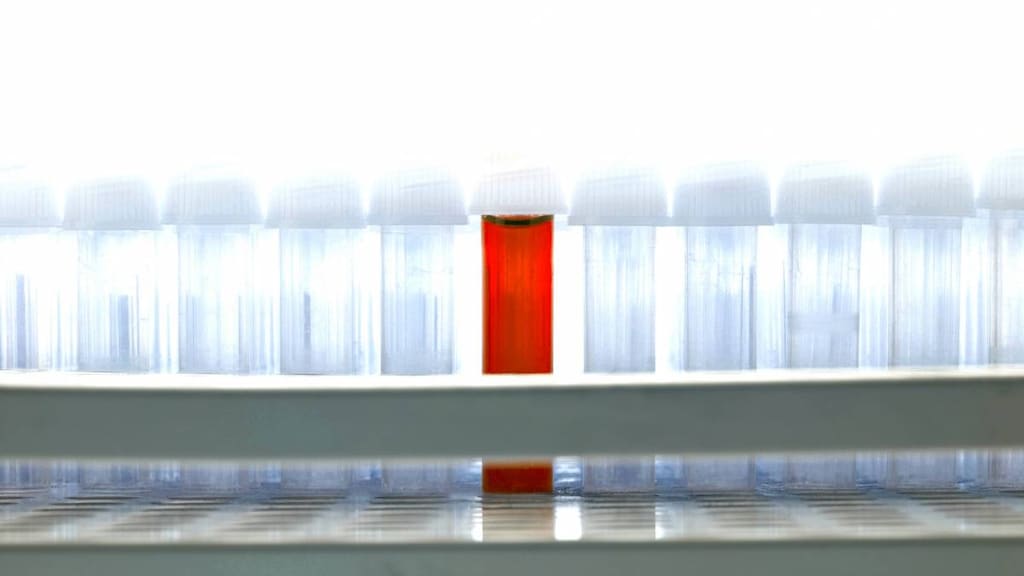
What is hemostasis?
Hemostasis is the natural process that occurs in your body to stop bleeding at the site of an injury while maintaining blood flow elsewhere in the circulation. During hemostasis, blood changes from a liquid into a gelatinous substance.
Hemo means blood and stasis means to stop.
What activates hemostasis?
When a blood vessel becomes damaged, components in the blood vessel wall become exposed to blood which causes vasoconstriction (narrowing of the blood vessel to increase blood pressure) and activates the two main processes of hemostasis: Platelet plug formation and deposition of insoluble fibrin. These processes happen within seconds to initiate the formation of a blood clot composed primarily of platelets and fibrin.
Hemostasis is a complex process involving platelet aggregation and several other significant processes such as the coagulation cascade and the fibrinolysis pathway. Multiple other mechanisms regulate and control these systems to generate a clot that is proportional to the injury while still maintaining blood fluidity in the absence of an injury. Any disruption to any one of these processes can cause an unwanted thrombus (blood clot) or bleeding.
What medicines are used to treat hemostasis?
In certain circumstances (such as patients undergoing surgical procedures or with a defect in the hemostasis process [such as hemophilia]), medicines may be necessary to help stop bleeding by helping with blood clot formation.
Some of these are applied topically and some are given by injection. Examples include thrombin and fibrin sealant.




